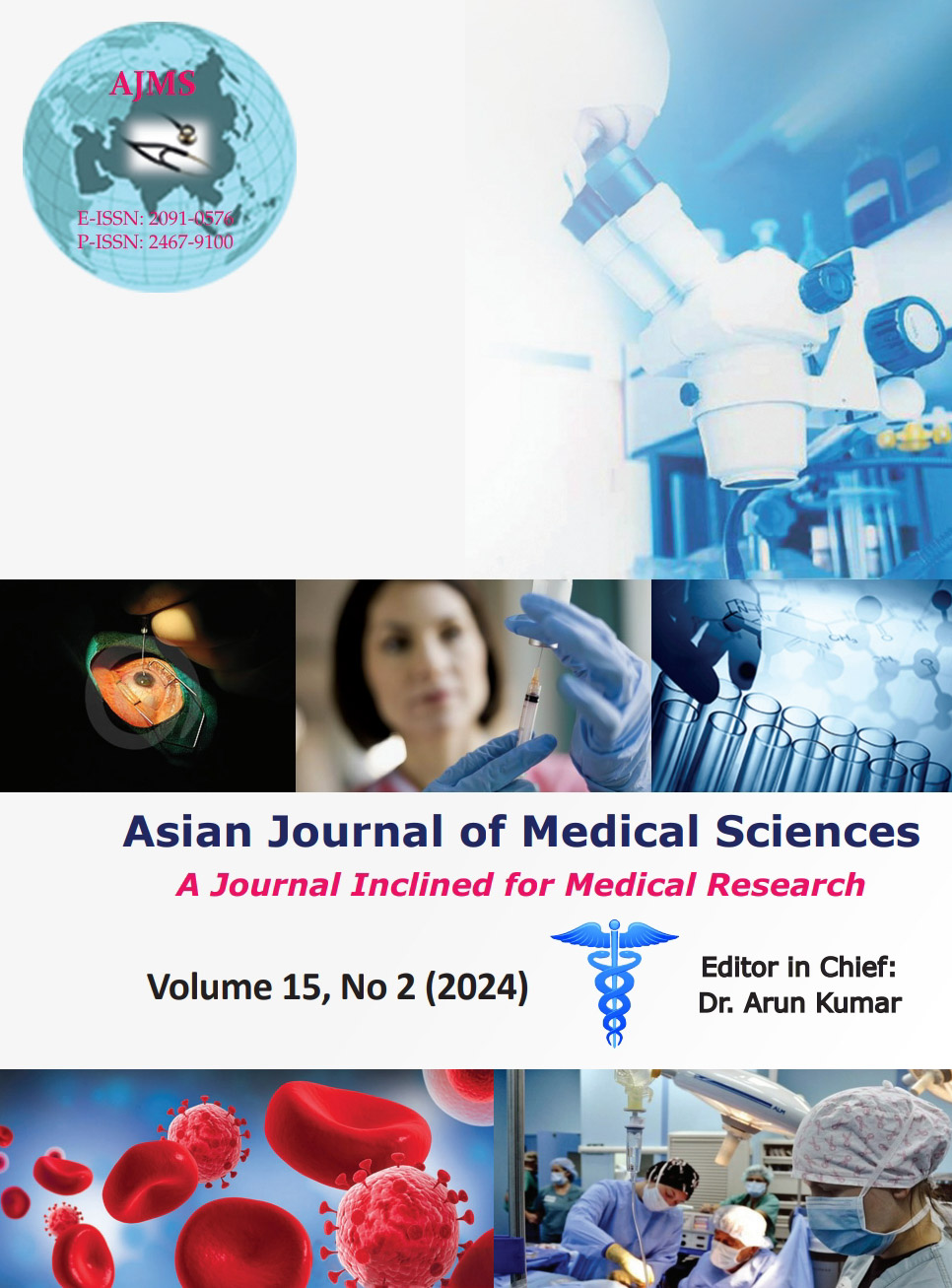External oblique intercostal block in open nephrectomy patients - A zenith in analgesia for anterolateral upper abdominal surgeries: A case series
Keywords:
External oblique intercostal plane block; Nephrectomy; SubcostalAbstract
Open nephrectomy is a common surgery usually performed for malignant and non-malignant renal pathologies. The external oblique intercostal block (EOIB) blocks the anterior and lateral cutaneous nerves from T6 to T10 and provides somatic analgesia. We present a case series of the use of EOIB in patients undergoing open nephrectomy by subcostal incision. Ten patients were given EOIB, which included patients undergoing simple nephrectomy for non-functioning kidneys and radical nephrectomy for renal mass. The patients had satisfactory numerical rating scale scores, mostly <4 for 24 h. Post-operative opioid consumption was minimal. The external oblique fascial plain block is a novel thoracic block that provides reliable upper thoracoabdominal somatic analgesia. It can certainly be considered a suitable option in surgeries such as nephrectomies that involve an upper lateral abdominal wall incision.
Downloads
Downloads
Published
How to Cite
Issue
Section
License
Copyright (c) 2023 Asian Journal of Medical Sciences

This work is licensed under a Creative Commons Attribution-NonCommercial 4.0 International License.
Authors who publish with this journal agree to the following terms:
- The journal holds copyright and publishes the work under a Creative Commons CC-BY-NC license that permits use, distribution and reprduction in any medium, provided the original work is properly cited and is not used for commercial purposes. The journal should be recognised as the original publisher of this work.
- Authors are able to enter into separate, additional contractual arrangements for the non-exclusive distribution of the journal's published version of the work (e.g., post it to an institutional repository or publish it in a book), with an acknowledgement of its initial publication in this journal.
- Authors are permitted and encouraged to post their work online (e.g., in institutional repositories or on their website) prior to and during the submission process, as it can lead to productive exchanges, as well as earlier and greater citation of published work (See The Effect of Open Access).




